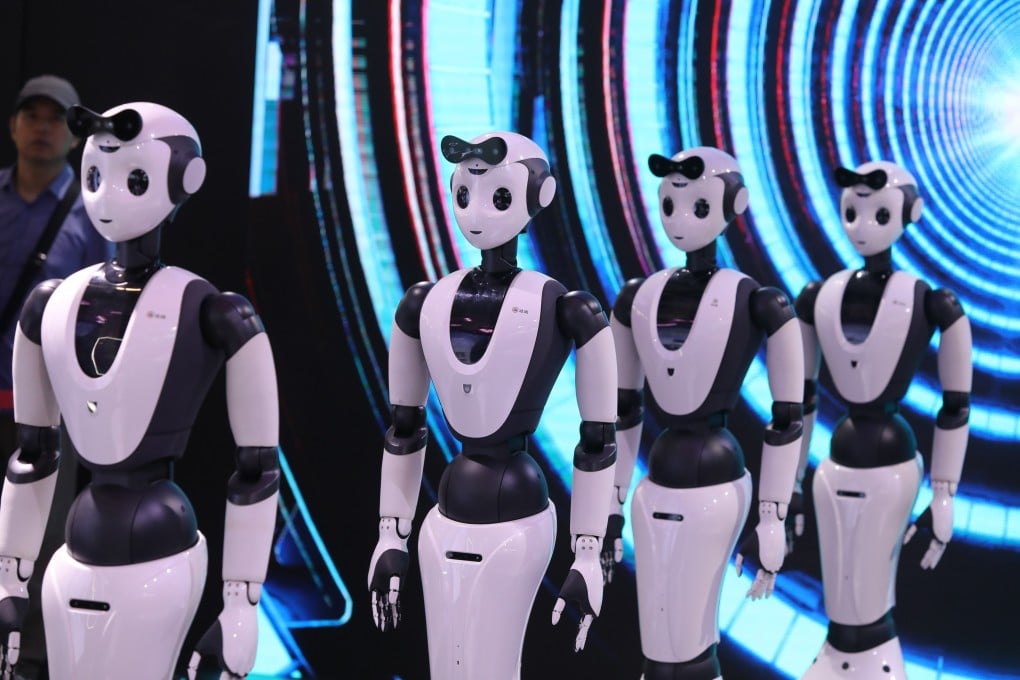China says humanoid robots are new engine of growth, pushes for mass production by 2025 and world leadership by 2027
- Beijing’s industry and tech ministry releases nine-page guideline urging innovation, safe supply chain and international competitiveness for the tech
- It urges robot industry to accelerate development of humanoid robots for use in harsh and dangerous conditions

The Ministry of Industry and Information Technology (MIIT), Beijing’s ministry overseeing the country’s industrial sector, published a nine-page guideline on its website on Thursday, saying that China’s humanoid robots should “realise mass production by 2025”.
MIIT said China would aim to “establish a humanoid robot innovation system, make breakthroughs in several key technologies and ensure the safe and effective supply of core components” by 2025.
By 2027, humanoid robots should “become an important new engine of economic growth” in China, the ministry urged.
The document required that by that time, “the technological innovation of humanoid robots will be significantly improved, a safe and reliable industrial supply chain system will be formed, an industrial ecology with international competitiveness will be constructed and our comprehensive strength will reach the world’s advanced level”.
The document is China’s latest attempt to accelerate the development of its local robotics industry and promote tech self-reliance amid fierce competition with the US in key technology areas, such as chips.
China has already made progress in industrial robotics, overtaking the US for the first time in 2021 to become the fifth most automated country in the world, according to the World Robotics 2022 Report released by the International Federation of Robotics.
